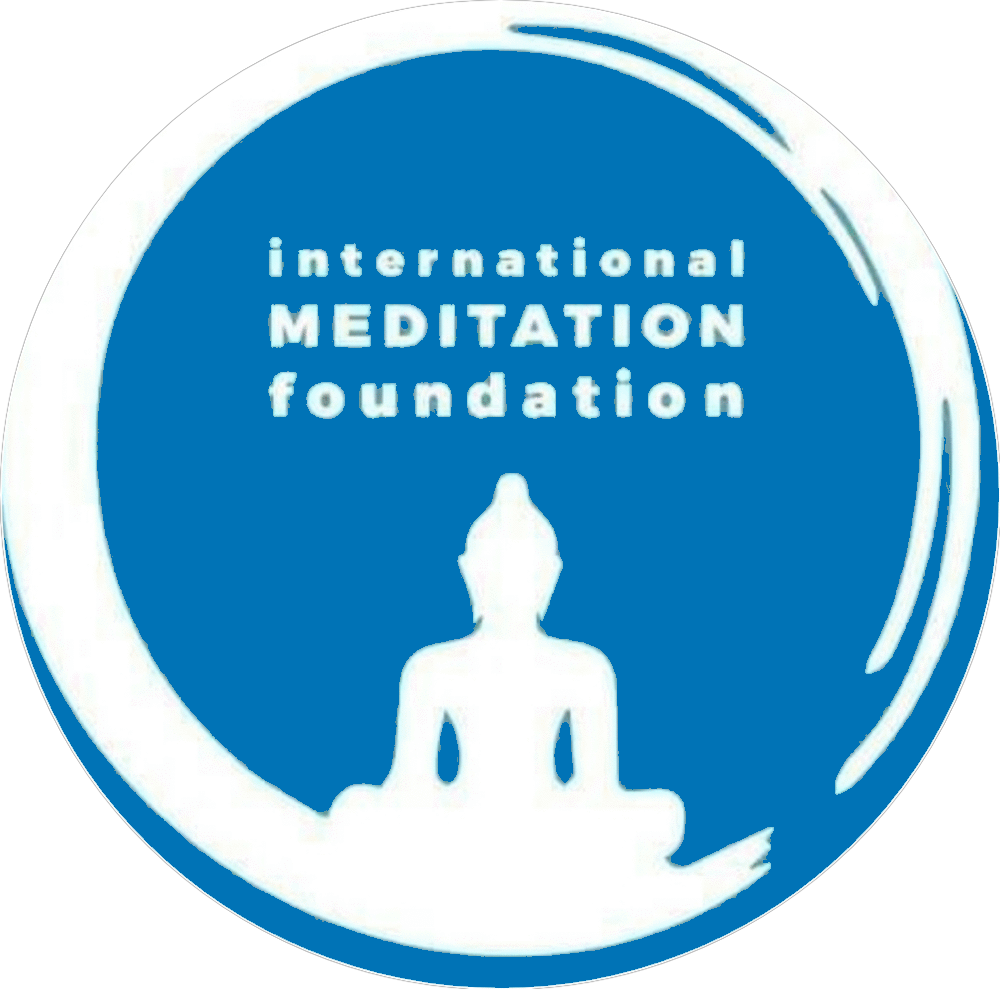Have you ever found yourself pondering the question, “Who am I?” It’s a fundamental inquiry that has perplexed philosophers, spiritual seekers, and curious minds throughout the ages. In the quest for self-discovery, various approaches have been explored, including meditation techniques that aim to uncover the true essence of our being.
One such technique is the “Who am I?” meditation, which has been practiced and taught by renowned spiritual teachers like Gurdjieff and Ramana Maharshi. This meditation invites us to dive deep within ourselves and question our identity in order to transcend the limitations of the mind and connect with our essential reality.
The process of this meditation involves repeatedly asking ourselves, “Who am I?” and refusing to accept any answers that arise from the mind. The mind is known for its tendency to label and categorize, creating a false sense of self based on external factors such as gender, education, wealth, and societal conditioning. By persistently questioning these answers, we can gradually move beyond the mind’s constructs and tap into a deeper understanding of our true nature.
As we continue to inquire, a moment may come when no answer arises. This is the pivotal moment when we are nearing the answer. In the absence of any response, the mind becomes silent, or we distance ourselves from its influence. In this state of emptiness, our questioning may appear absurd because there is no one left to answer. The mind dissolves, and we are left with a profound sense of presence.
The “Who am I?” meditation offers numerous benefits in our daily lives. When we encounter fear, self-doubt, or addictive desires, we can apply this technique to gain clarity. By asking ourselves, “To whom do these fears, doubts, or desires belong?” we begin to realize that they are not inherent to our true self. They are transient phenomena arising from external influences. Through this realization, our fears and doubts lose their grip on us, and we find solace in a state of pure awareness.
This meditation also helps us cultivate a deeper understanding of our interconnectedness. As we delve into the question of our identity, we start to recognize that our individual sense of self is intertwined with the collective consciousness. We are not isolated entities but rather integral parts of a greater whole. This awareness fosters compassion, empathy, and a sense of unity with all beings.
Ultimately, the “Who am I?” meditation serves as a powerful tool for self-inquiry and self-realization. It allows us to transcend the limitations of the mind and connect with our essential reality. Through persistent practice, we can experience glimpses of the ever-living truth that resides within us.
So, if you feel called to explore the depths of your being and unravel the layers of conditioned identity, give the “Who am I?” meditation a try. Embrace the silence that arises when the mind’s answers fade away, and allow yourself to rest in the pure awareness of your true self.
